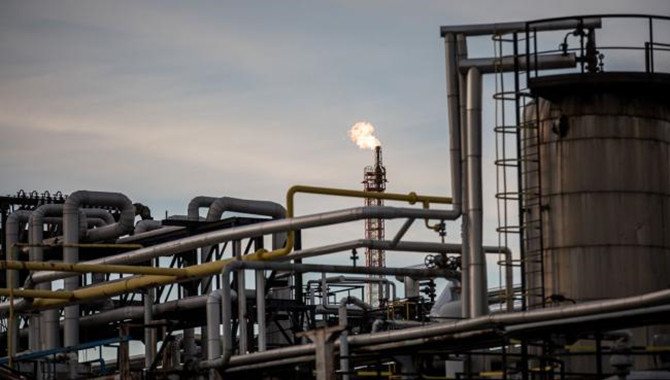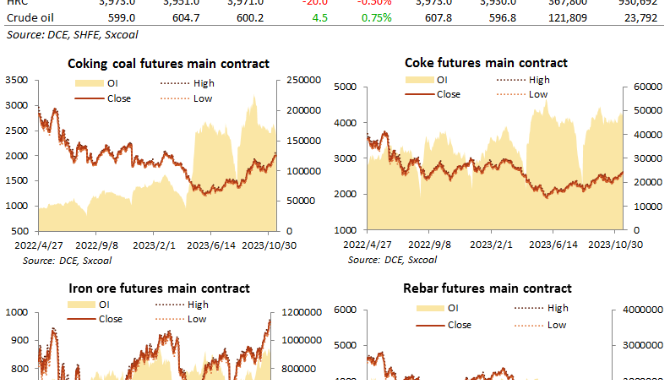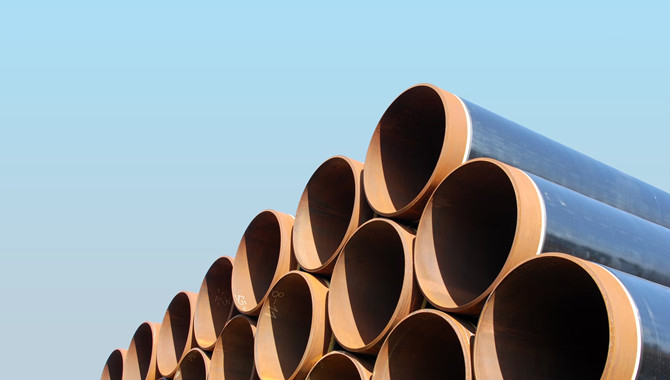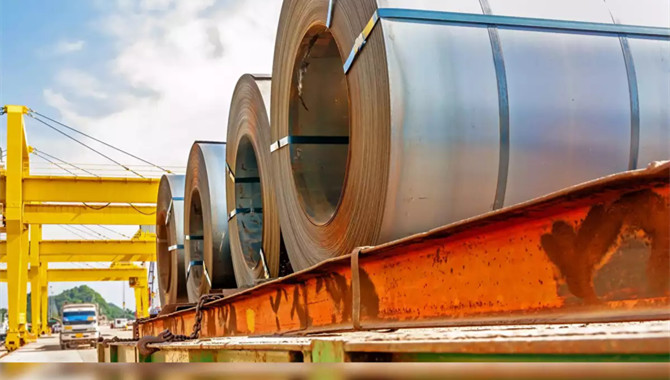
There’s no way to sugar-coat the worst-ever reading of China’s manufacturing indexes, which were pummelled as the economy was largely shut down in February as Beijing battled to contain the coronavirus epidemic.
The Caixin/Markit manufacturing Purchasing Managers’ Index (PMI) slumped to 40.3 last month, the lowest since the survey began in 2004 and down sharply from a 51.1 reading in January as well as the 50-mark that separates growth from contraction.
The Caixin/Markit PMI focuses more on small and export-orientated businesses and while it was weak, it wasn’t as bad as the official PMI, released on Saturday, which surveys larger and state-controlled corporations.
The official PMI showed factory activity contracted at the fastest pace ever last month, dropping to 35.7, down from 50.0, as sub-indexes that measure manufacturing output and new orders plummeted.
The incredibly weak PMIs raise the possibility that China’s economy may contract in the first quarter, but even if this is avoided, it’s certain that growth will have taken a severe hit.
The coronavirus epidemic, which started in late December in the city of Wuhan, has so far killed almost 3,000 people in China and infected more than 80,000.
The coronavirus has also spread to every continent except Antarctica and is starting to cause economic disruptions to supply chains and industries such as tourism.
This has caused equity and commodity markets across the world to slump, with benchmark Brent crude futures dropping as low as $48.40 a barrel on Monday, the weakest since July 2017, before recovering later in the Asian day to trade around $50.32.
Such is the extent of the fear sweeping global markets, it’s likely that any positive developments may be lost in the flood of negative news.
One mildly positive indicator has been the relative resilience of China’s imports of major commodities in February, despite the curtailing of much of the manufacturing and construction activity in the world’s second-biggest economy.
While official figures are yet to be released, vessel-tracking and port data compiled by Refinitiv show some softness in imports of crude oil, iron ore, coal and liquefied natural gas (LNG), but nowhere near as much as the slump seen in the PMIs.
China’s crude imports were assessed at 10.53 million barrels per day (bpd) in February, down from January’s 10.69 million bpd, but slightly above last February’s official figure of 10.2 million bpd.
COAL HOLDS UP
Seaborne coal imports were 19.4 million tonnes in February, Refinitiv data showed, down from 25.6 million in January, although that number was boosted by the slowing of customs clearances in December as China’s traders and utilities attempted to limit full-year imports in 2019 to 2018 levels.
Seaborne coal imports in February 2019 were 20.8 million tonnes, meaning that despite the coronavirus disruptions, China imported only 1.4 million tonnes less than the same month a year earlier.
Iron ore imports by ship were around 74.3 million tonnes in February, down sharply from January’s 91.1 million, according to Refinitiv.
But the weakness in the steel-making ingredient is more likely a reflection of weather disruptions in both top exporters, Australia and Brazil, rather than a demand-led drop because of the epidemic.
The commodity that looked the weakest in February was LNG, with imports dropping to 3.79 million tonnes, down 42% from January’s 6.05 million.
A milder than usual winter can only take some of the blame here, and it’s likely that weak demand because of the idling of factories and industry was a major contributor to the plunge in imports of the super-chilled fuel.
It’s perhaps LNG that provides the sternest warning for March imports of the other commodities, given that it’s one of the commodities where spot cargoes can be more easily cancelled, or re-sold.
This increases the likelihood that the worst may still be to come in March and April for China’s commodity imports, with any recovery beyond that dependent on factors still to be determined.
These include whether early signs China may have contained the worst of the outbreak prove true, how much stimulus Beijing unleashes to revive the economy, and how much worse the spread of the coronavirus gets in the rest of the world.
Source: Reuters
The opinions expressed herein are the author's and not necessarily those of The Xinde Marine News.
Please Contact Us at:
admin@xindemarine.com


 PIL launches Academy to strengthen workforce compet
PIL launches Academy to strengthen workforce compet  Coal shipments to advanced economies down 17% so fa
Coal shipments to advanced economies down 17% so fa  China futures market updates at close (Nov 14)
China futures market updates at close (Nov 14)  CISA: China's daily crude steel output down 5.7% in
CISA: China's daily crude steel output down 5.7% in  China futures market updates at close (Oct 31)
China futures market updates at close (Oct 31)  CISA: China's daily crude steel output down 1.2% in
CISA: China's daily crude steel output down 1.2% in